In pictures: Amazing shots from Nasa's James Webb telescope
- Published
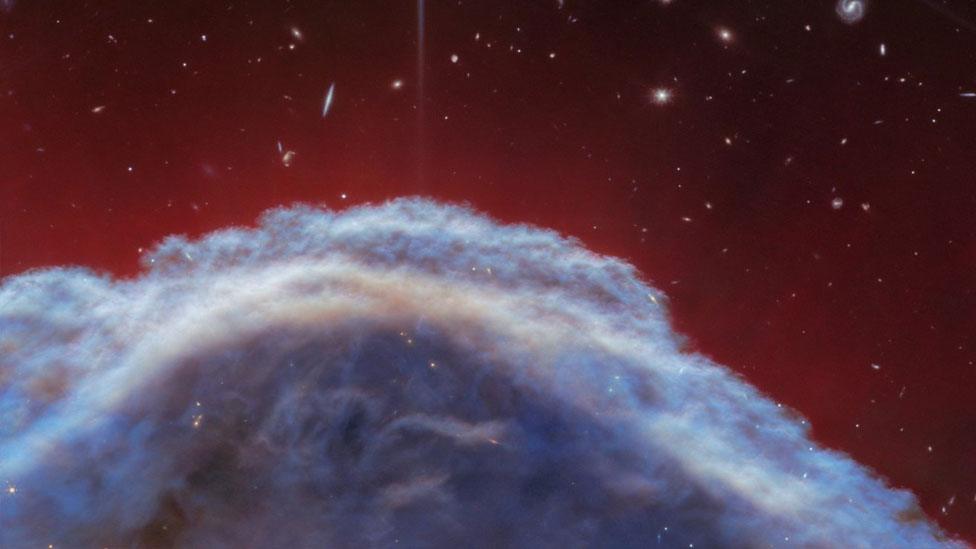
This brand new image shows the Horsehead Nebula, which is around 1,500 light years away from Earth. The nebula was formed from a collapsing interstellar cloud, and gets its glow from a nearby hot star. In this picture, taken using the James Webb telescope's mid-infrared technology, we can see a zoomed-in portion of the Horsehead Nebula that's around 0.8 light years wide (around 4.8 trillion miles). This section is the top of the "horse's mane", and has never been captured in this detail before.
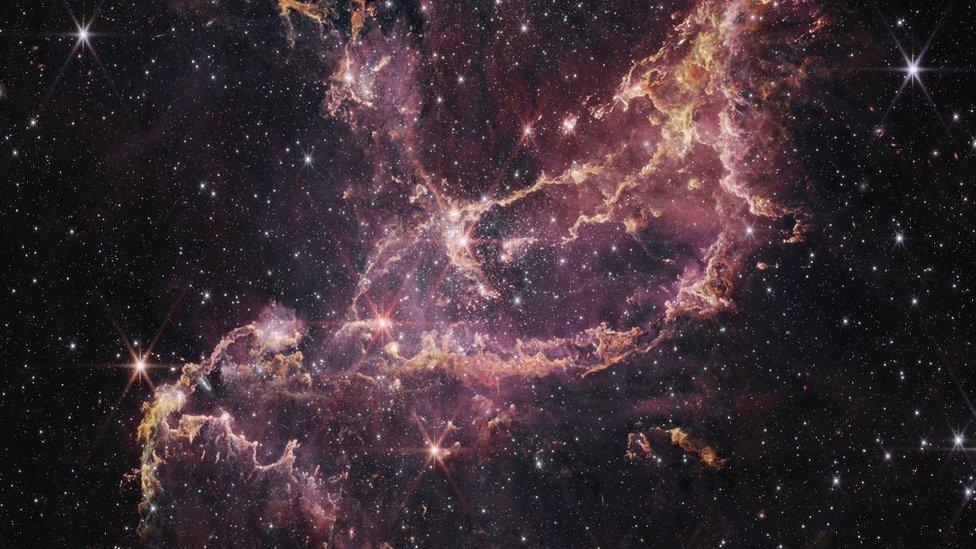
One of the many things that James Webb has been helping scientists with is providing clues on how the first stars were formed. This image shows a young cluster of stars called NGC 346, which are more than 200,000 light-years from Earth. This region is interesting to astronomers because it is similar to the conditions of the early universe when lots of stars were first formed more than 10 billion years ago.
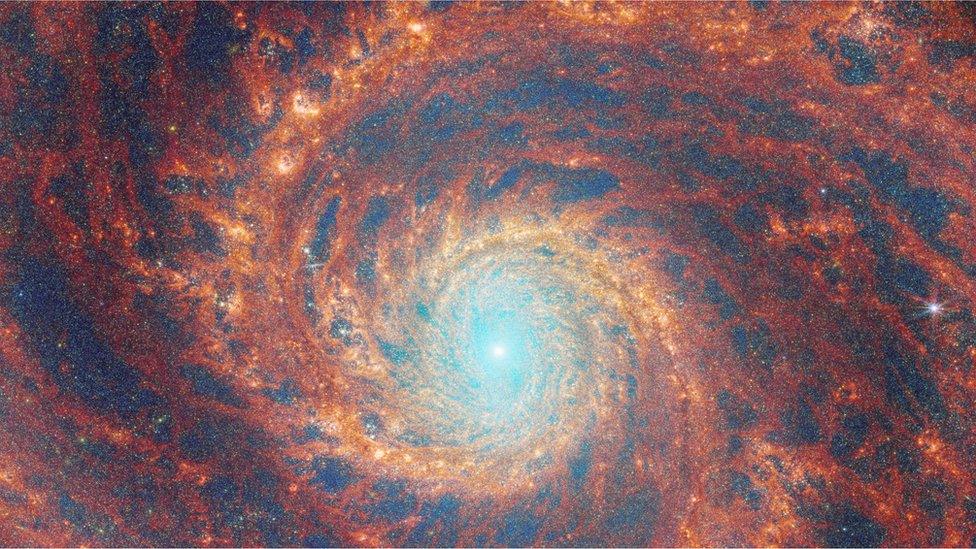
The world's largest and most powerful telescope has also been able to snap the most detailed photo of known objects in space. M51 is a distant whirlpool galaxy located 27 million light years away from Earth in the constellation Canes Venatici. Scientists say they hope the telescope's observations will help them better understand how new stars that are located outside of the Milky Way are formed.
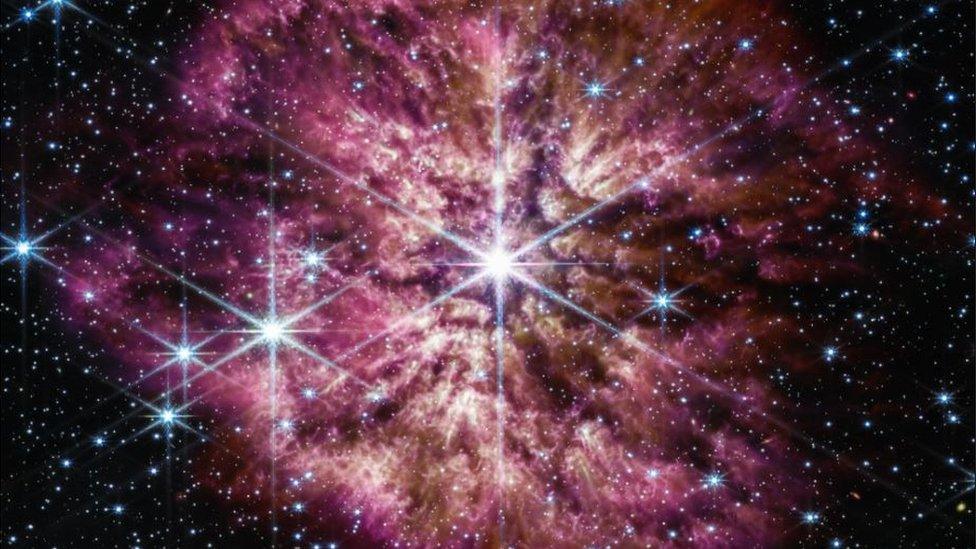
This picture from March 2023 shows a rare image of a dying star, getting ready to go supernova. The star, called WR 124, is about 30 times the size of the Sun and is located 15,000 light years away. The huge star has been pictured emitting gas which, as it cools, forms cosmic dust which glows in infrared light.
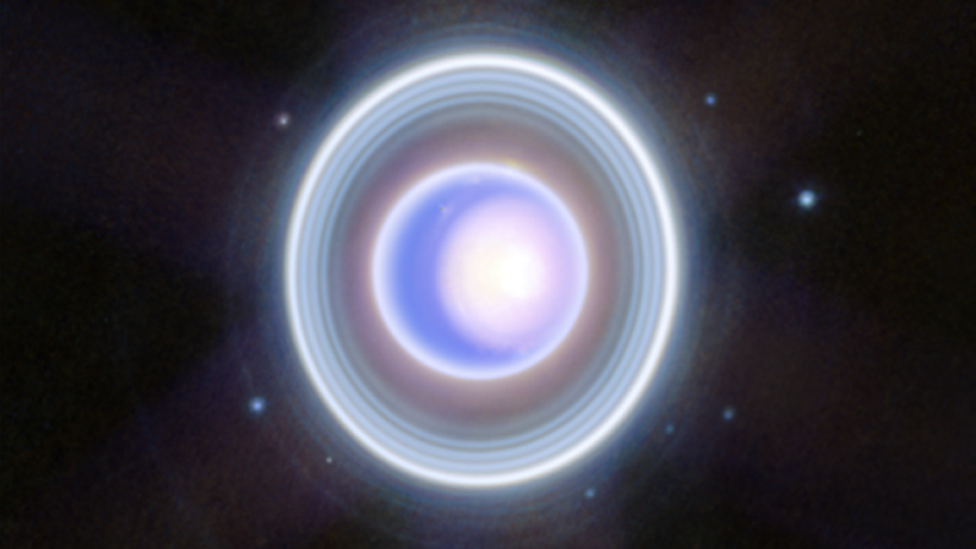
Before the telescope's second 'space birthday' in July 2022, Nasa captured this rare image of Uranus. Here we can see the icy planet's multiple inner and outer rings, as well as some of its moons and even several bright storms. Uranus reaches its next solstice in 2028, and astronomers are eager to keep an eye on any possible changes in the structure of these features, which will help them understand the planet’s complex atmosphere.

The complex nature of space can leave many of us scratching our heads but it turns out that puzzling cosmic formation can also be formed in space! Earlier in 2023, the European Space Agency released an image of two young stars forming 1,470 light years away from Earth - but among the image is an object that looks like a giant question mark! Astronomers say the orange colour suggests it could be some galaxies merging in the background of the main image, but there could be other explanations that would need further research to know for sure.

This image shows the asteroid belt and a dust cloud surrounding one of the nearest stars to Earth. Fomalhaut is located 25 light years away from Earth and is one of the brightest stars in the night sky. The inner belts - which had never been seen before - were revealed by James Webb for the first time. The largest of the rings extends 14 billion miles away from its host star (about 150 times the distance between Earth and the Sun!)
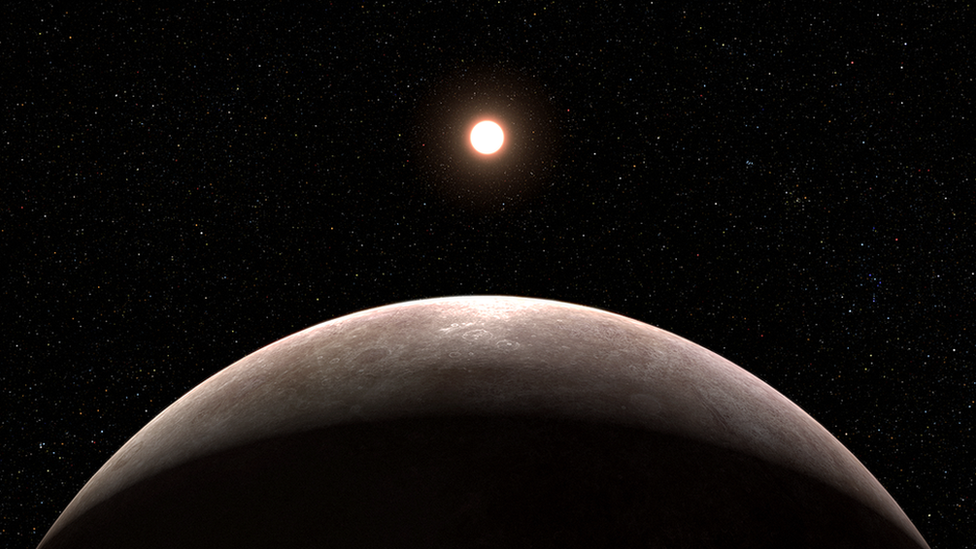
In early 2023, for the first time, the telescope discovered a planet known as an exoplanet - a planet that orbits another star. Full disclosure on this one - this above picture is is an artist's impression rather than a picture snapped by James Webb - however it shows how planet LHS 475b might look. Astronomers say that the rocky planet is located 41 light years away in the Octans constellation and appears to be very similar in size to Earth.

We also got to see mesmerising images of the iconic Ring Nebula, also known as Messier 57. It's one of the the best-known examples of a planetary nebula - a giant cloud of dust and gas in space. This picture shows the end stages of the distant star's life. Some 2,600 light-years from Earth, the nebula was born from a dying star that expelled its outer layers into space. Scientists say the images could provide key insights into the life cycles of stars.
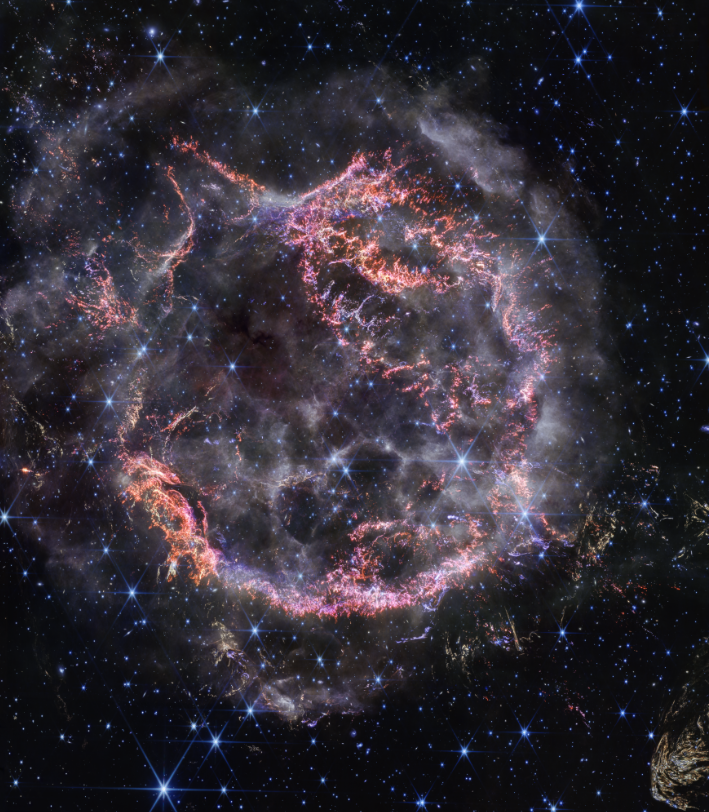
During last year's festive season, Nasa released this image of an exploding star shaped like a cosmic Christmas bauble! Cassiopeia A (Cas A) is the remnant of a massive star that exploded about 300 years ago. It shows the inner shell of the supernova remnant - the clumps represented in bright pink and orange are comprised of sulphur, oxygen, argon, and neon from the star itself.
